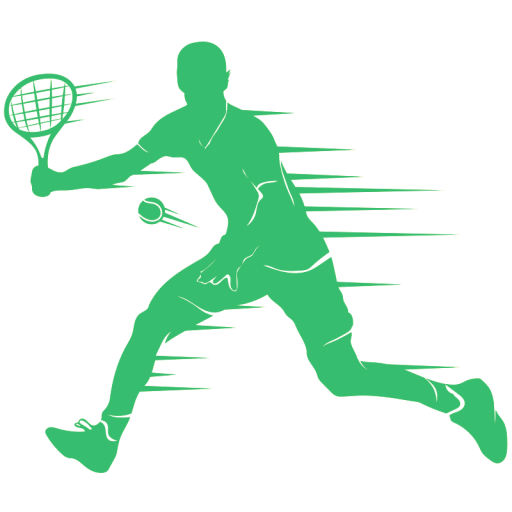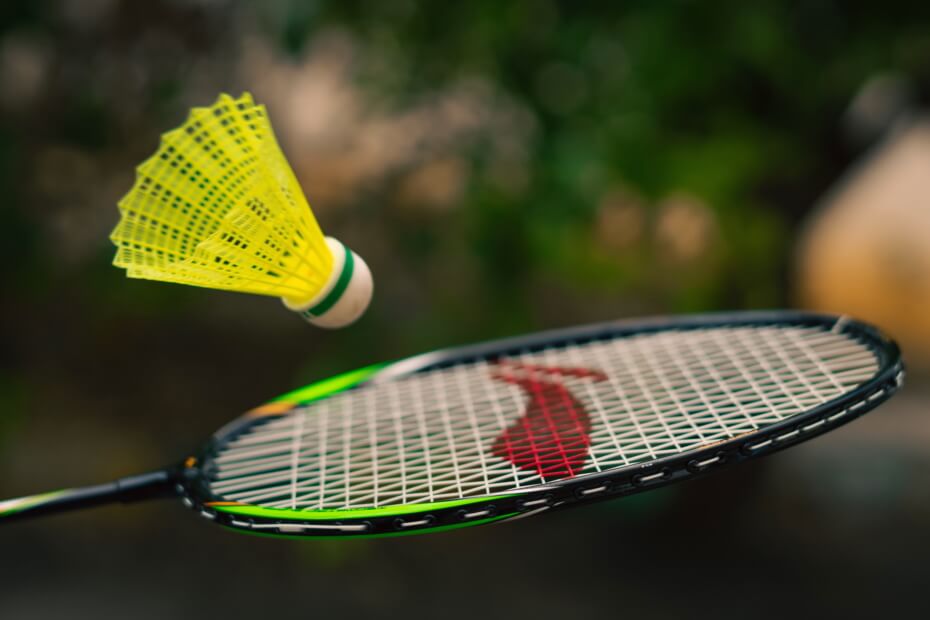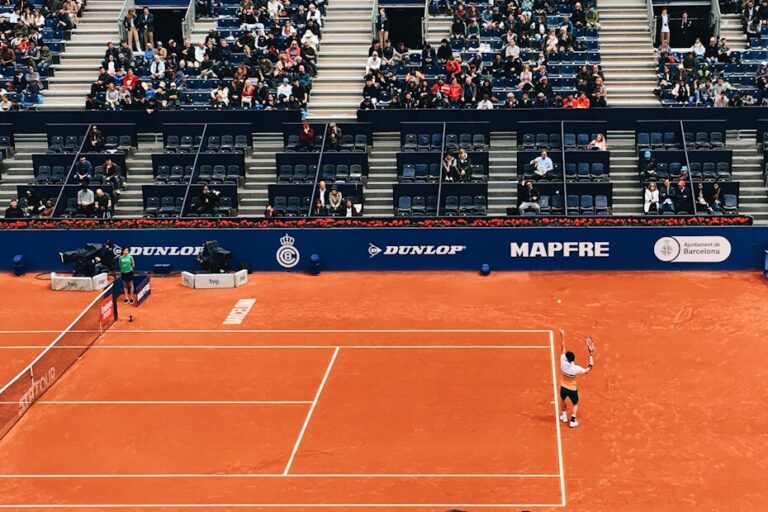When people think of racket sports, there are two games that spring to mind. The first is, of course, tennis, whereas the second is usually badminton.
Both badminton and tennis are considered very similar to each other, despite the fact that there are so many differences. The main reason why they’re often confused is largely due to the fact that they’re played with a racket. By that logic, however, golf and cricket should be confused with one another because they both use balls.
Both badminton and tennis are elite sports enjoyed all over the world. Of the two, tennis is considered the most competitive and popular, but don’t let that fool you because badminton still has its place in the modern world and is still an Olympic sport, along with tennis.
So, what are the differences between badminton and tennis? Well, let’s find out. Here are some key differences between the two racket sports.
Rackets and Nets
Both tennis and badminton use rackets and nets. That, however, is where the similarities end.
Tennis rackets and badminton rackets are incredibly different from one another. Tennis rackets are much larger and heavier than badminton rackets. Tennis rackets can weigh between 255 and 368 grams on average. A badminton racket, however, weighs around 100g, or sometimes even less than that.
The nets used are also very different. Tennis nets are much larger and also hang low so that they touch the ground. Badminton nets, however, are installed hanging up much higher in the air and are nowhere near the ground.
Balls and Shuttlecocks
Another key difference between badminton and tennis is the fact that tennis uses tennis balls, whereas badminton uses what are known as shuttlecocks.
Shuttlecocks are conically shaped with an open end. They are typically made from synthetic plastic, though some are made from bird feathers (usually goose or duck).
Pro badminton players use shuttlecocks made from goose feathers, as these provide the best and most accurate flight.
Tennis balls, however, are covered with yellow fuzz, are full of gas, and are sealed in pressurized cans to provide a consistent bounce. As soon as the seal is broken and the balls are exposed to air, they begin to lose air as the pressure equalizes with the atmospheric pressure, which causes the ball to deteriorate over time.
Courts
Tennis and badminton are both played on courts, though these, too, are very different.
Tennis courts are much larger than badminton courts, though they have the same rectangular shape, with different, more comprehensive line markings.
In terms of size, tennis courts are noticeably bigger, with a court coming in at 23 x 10 meters. In comparison, badminton courts are much smaller, as they are just 13 x 6 meters in size.
Indoor vs. Outdoor
When we think of tennis, more often than not, we picture the game being played outside. While tennis can be played indoors and under cover if need be (rain, wind, snow, etc.), it usually takes place on a tennis court outdoors.
Badminton, however, is nearly always played indoors in an indoor gymnasium or sports hall with a high ceiling. The main reason for this is due to the fact that the shuttlecocks used are so light in weight, meaning that even the slightest gust of wind could cause them to blow away, or disrupt the game at the very least.
How Are Points Won?
Badminton does not permit the shuttlecock to bounce or hit the ground, unlike tennis, which permits one bounce of the ball.
Despite this, the points system in tennis and badminton is actually very similar.
In tennis, a point is scored when:
- The ball fails to land within an opponent’s boundary within the first bounce.
- A fault is called when a serve fails to land in the opposing player’s service box, or the ball hits the net during a serve. A double fault results in the loss of a point by the server.
- The ball bounces twice before the opponent can strike it.
In badminton, a point is scored when:
- A player touches the net or shuttlecock with their body or when they move before their opponent has served.
- The shuttlecock doesn’t land within the opponent’s boundaries by either landing out of bounds or striking the net.
- The shuttlecock lands within the boundaries of your opponent’s part of the court.
Scoring System
Both tennis and badminton adopt a match playing system that utilizes sets.
The key difference, however, is that badminton matches are played in best-of-three games. The first player to reach 21 points first, with a 2-point difference, will win that game. The player who wins the difference of 2 games wins the match.
The scoring system in tennis is much more complex, with a scoring system of 15, 30, and 40 point system being adopted to win a single game. In tennis, in order to win a match, a player must win 2 out of 3 sets. Each set is won by winning 6 games, winning by at least 2 games.
In the event of a set score being 6 games each, a tiebreaker game is played. Here, rallies are continuously played until a player reaches 7 points or more, with a 2-point difference. The player that secures that will be declared the victor.







